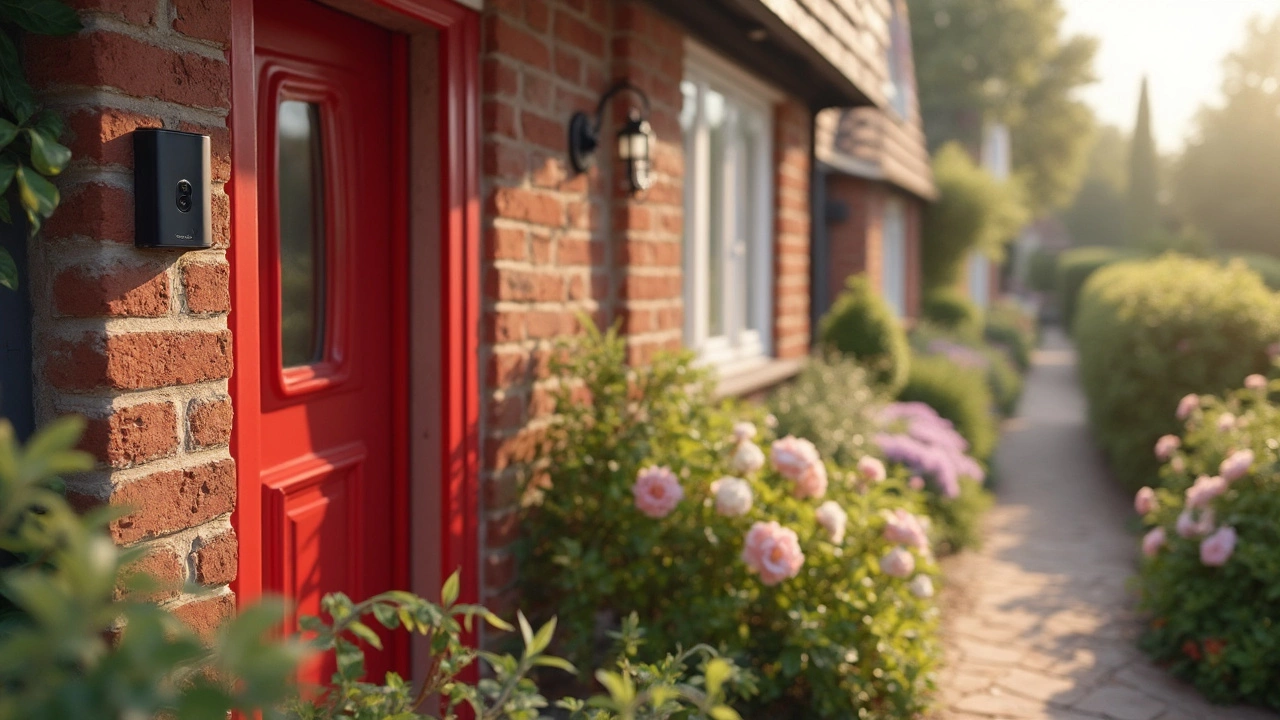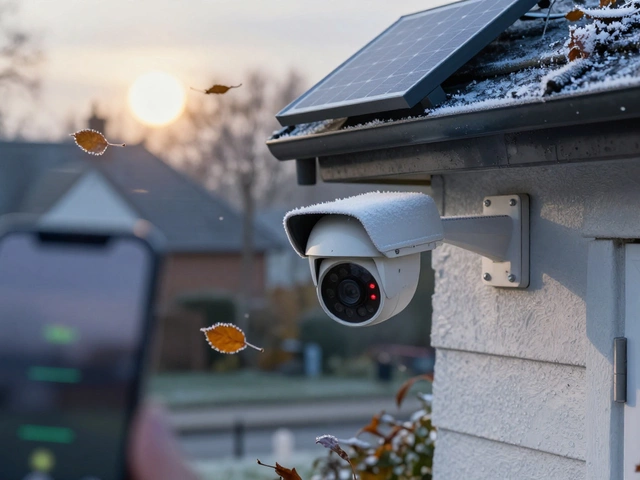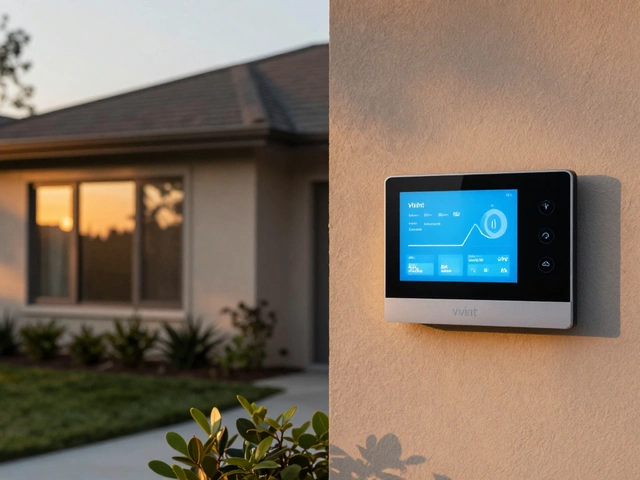Buying Doorbell Camera: Practical Tips for 2025
If you’re hunting for a doorbell camera, you probably have a few questions swirling in your head: Does it need wiring? How sharp is the video? Will it work with my chime? Below is a straight‑forward checklist that will help you pick a camera that fits your home, budget and peace of mind.
Wired vs. Battery – Choose Your Power Source
Most UK homes already have a low‑voltage transformer for traditional doorbells. A wired camera taps into that, giving you constant power and usually a stronger Wi‑Fi signal because the unit sits near a power line. If your flat is on a higher floor or you don’t want to mess with electric work, a battery‑run model is the easier route. Battery cameras last anywhere from 6 months to a year, depending on motion frequency and video settings. Keep an eye on the battery life rating before you buy – a claim of “12‑month battery” often means minimal motion alerts.
Video Quality and Field of View
Resolution matters when you need to read a face or a license plate. Aim for at least 1080p; anything higher is nice but can eat up bandwidth. A 160‑180° field of view covers most doorways without too much distortion. If you have a wide porch, look for a camera with a dual lens or a panoramic mode so you don’t miss anyone sneaking around the side.
Don’t forget night vision. Infrared LEDs are common, but some newer models use color night vision for clearer images after dark. Test the night mode in the store if you can, or check video demos online.
Connectivity and Wi‑Fi Requirements
Most doorbell cameras run on 2.4 GHz Wi‑Fi. Make sure your router reaches the front door with a solid signal – a weak connection leads to laggy live view and missed recordings. If you have a mesh system, place a node nearby to boost coverage. Some cameras also offer Ethernet ports for a wired network link; this cuts down on interference but adds a little extra installation work.
Check the data usage. Continuous recording can chew through your broadband cap fast. Many cameras let you choose between motion‑triggered clips and continuous loops, letting you balance storage and data costs.
Storage Options: Cloud vs. Local
Cloud storage is convenient – footage lives on the provider’s servers and you can access it from any phone. However, you’ll usually pay a monthly fee for retention beyond a few days. If you’re wary of ongoing costs, look for a camera with microSD support (32 GB or more) and set it to overwrite old clips automatically.
Some UK brands offer a hybrid solution: local storage for everyday events and optional cloud backup for the most important moments. Pick the mix that matches your privacy level and budget.
Compatibility with Existing Doorbells and Smart Home Hubs
Older mechanical chimes can sometimes clash with digital doorbells, producing a constant buzzing sound. Most modern cameras include an adjustable chime setting; just test the volume before finalizing the install.
If you already use Alexa, Google Assistant, or Apple HomeKit, make sure the camera integrates smoothly. Voice‑controlled live view and automations (like turning lights on when motion is detected) add real convenience.
Privacy and Legal Considerations
In the UK, you must inform visitors that they’re being recorded – a simple sign near the door does the trick. Choose a camera with end‑to‑end encryption to protect the video stream from hackers. Disable any unnecessary features like facial recognition if you’re uncomfortable with extra data collection.
Lastly, read the fine print on data retention. Some providers keep footage for years unless you delete it, which could raise GDPR concerns.
With these points in mind – power source, video specs, Wi‑Fi strength, storage, compatibility and privacy – you can walk into a store or browse online with confidence. Pick a model that ticks the boxes that matter most to you, and you’ll have a doorbell camera that actually makes your home safer, not just another gadget on the shelf.






